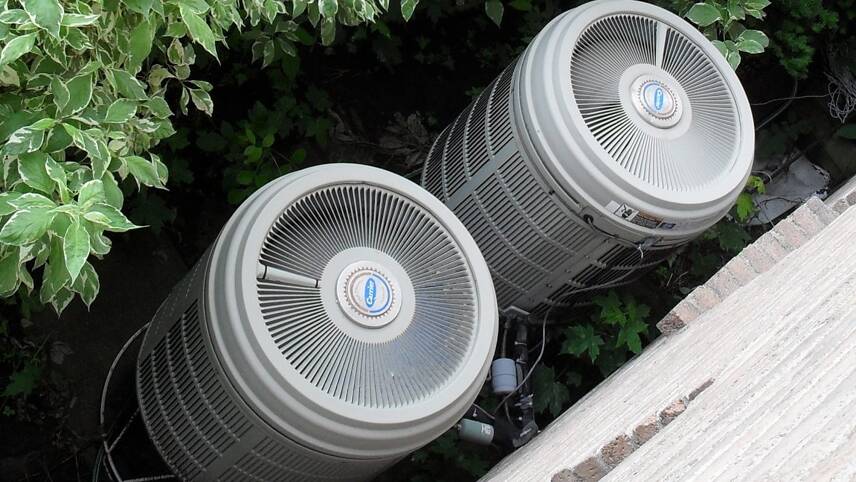Member only content free until 26/05/2024
To continue reading this article and enjoying free access to all Utility Week’s content up to the 26/05/2024 Register today!
Ready to become a member?

It is “hard to see” how Boris Johnson’s target of rolling out 600,000 heat pumps per annum by 2028 can be delivered, with ministers relying “heavily” on the cost of the devices falling rapidly, the chair of the National Infrastructure Commission (NIC) has warned.
The NIC’s latest annual assessment of the UK’s progress on infrastructure improvements, which was published on Wednesday (16 March) said there have been some welcome steps in the past year but overall progress has been “too slow” on key goals.
The National Infrastructure Assessment (NIA) identifies “little progress” on decarbonising heating, increasing the energy efficiency of homes, reducing per capita water consumption and installing electric vehicle charge points across the country.
At the report’s launch, NIC chair Sir John Armitt, dismissed the £5,000 grants being offered to households under the soon-to-be-launched Boiler Upgrade Scheme as “small beer and short term”.
And there are gaps in delivery plans, such as the Heat and Buildings Strategy, which was launched last year and relies on the market to achieve the 2028 target of 600,000 heat pumps outlined in the prime minister’s 10 point green industrial plan, he said: “We need a detailed and funded delivery plan to support the targets in the Heat and Buildings Strategy.
“The government’s current approach relies heavily on the costs of heat pumps and hydrogen falling rapidly. Based on current plans, it is hard to see how this will be delivered if the cost of heat pumps doesn’t fall in line with government’s stretching ambitions.”
“Rapid action” is needed on heat decarbonisation, such as creating the right incentives for households to switch from fossil fuel heating and identifying who will pay for the investment that will be required, the report said.
More broadly, delayed decisions on who will pay for new infrastructure are holding up delivery, said the assessment: “Somebody has to pay. Ultimately, that will either be taxpayers, consumers, or a combination of both. But ensuring the costs are distributed fairly is critical. Delays to decisions on who pays are now holding up delivering infrastructure, including low carbon heat and energy efficiency. Open and honest conversations, followed by clear decisions, are needed to address this.”
The NIA also said per capita water consumption is not yet falling and it is not clear whether suppliers will reduce consumption to the 110 litre per person per day target set out in the sector’s Strategic Policy Statement.
While Ofwat’s allocation of £469 million towards developing new supply solutions shows a “strong commitment to delivering at the scale and pace needed”, action to address per capita consumption has been “slower and more limited”, according to the assessment.
And though there are “early signs of progress” on supply and leakage, per capita consumption is not yet falling, making it “too soon” to assess whether government and industry are on track to close the water deficit by 2050.
Specific moves by the government welcomed by the NIC include the establishment of the UK Infrastructure Bank, further increases in deployment of renewable generation capacity, which will be further spurred by the government’s commitment to hold annual Contracts for Difference auctions.
Armitt also said at the launch that the rate of deployment of electric vehicle charge points must be “turbocharged” and any new nuclear power station commissioned now is unlikely to be generating electricity until 2035 so will not have an “immediate impact” on current high energy prices.




Please login or Register to leave a comment.